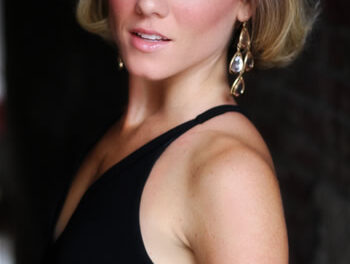A special weekend at Common Ground Theatre in Durham of The Hollow Crown, a production that looks back on six regal houses to document the very unique history that is the British Monarchy, moves to Cary next week. Historic Interpretations, Inc. brings to the stage a two-hour synopsis of history that begins with the House of Normandy, travels from the 12th to the 19th centuries, and concludes with the inauguration of Queen Victoria. A ten-member cast uses a Reader’s Theatre format to present a variety of situations unique to the Monarchy.
We are presented with a Court, consisting of a five-member “chorus,” in Greek fashion, three commentators on life at court, and of course the King and Queen. The Commentators are the Chamberlain (Clint Lienau), the Herald (Jorge Ivan Santos), and the Knight (Roberto Bricchi). The King and Queen are Patrick Berry and Heather Shore, and the chorus consists of Our Lady of the Court (Laura Griffin) and four singers: Victoria Deese, Fiona Dunn, Scott Renz, and Caroline Witherspoon.
As is certainly the case when centuries are reduced to two hours, we touch on many of the monarchs who have ruled over Britannia. The kings we meet are William I and II, Henry I, and Stephen. Once we are introduced, the chorus performs a traditional 12th century song, “Worldess Bliss.” This and all the songs, save one, are done in the traditional a cappella manner. These five voices are clear and haunting, allowing us to see as time passes what new mores and moralities meet the court.
The House of Plantagenet examines six kings and one queen, as the cast brings about a ballad regarding Henry II and his Queen Eleanor, “Queen Eleanor’s Confession.” We also hear a ballad by Richard I, written during his captivity in Durrenstein Castle, and Edward III writes a love letter to the Countess of Salisbury.
We proceed apace as the members of the court give us insight into life at court, the intrigues and disasters, the marriages and the dissolutions, such as when Henry VIII proposes to Anne Boleyn, and shortly thereafter Anne writes to Henry VIII just before her execution.
Highlights are numerous, such as the scene between Richard II and Henry IV, where one monarch attempts to describe to another why one king’s word is Law, and the other’s is not. Richard isn’t buying it; he is executed for his pains.
This is a well-researched and well-thought-out production, culminating in a scene from Le Mort D’Arthur, by Sir Thomas Mallory, in which the King asks his Knight to return Excalibur to the sea. It takes three tries for the Knight to do it properly, but it is ultimately done, and Arthur goes to his reward. The best scene, however, is that one just prior to Arthur, wherein Queen Victoria refers to her own personal diaries to describe her inauguration. Heather Shore portrays the young Victoria beautifully, and we are indeed touched.
Directors Alison Davis and Linda Depo use the chorus and contemporary court commentators to bring to the stage what can only be described as the Monarchy, in all its multiple personae. A lively cast and some very well done scenes bring to life those dry names that are usually only heard in British history books. The Hollow Crown describes multiple levels of rule, from the 12th to the 19th centuries. It is a presentation that is intelligent and inspiring, and presents history in a much more palatable way than dry historic commentaries.
The Hollow Crown concludes its run in Durham July 27, but will perform August 1-4 at Sertoma Amphitheater in Cary. For more details on this production, please view the sidebar.











